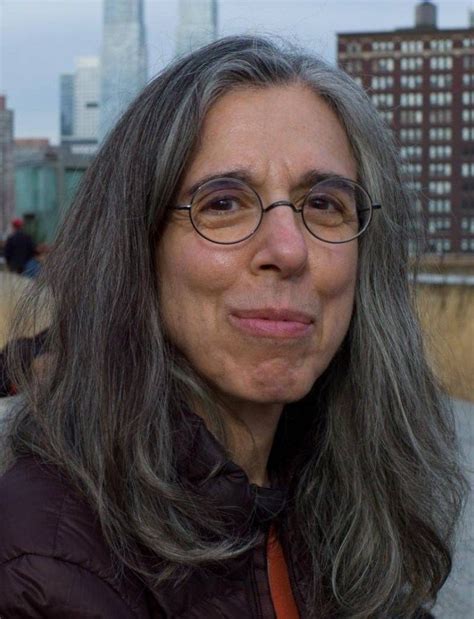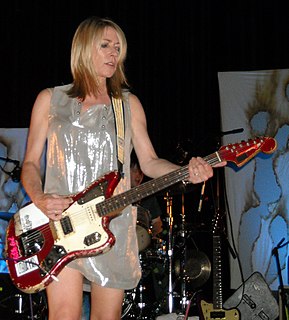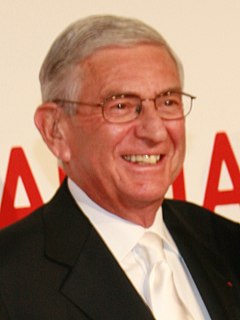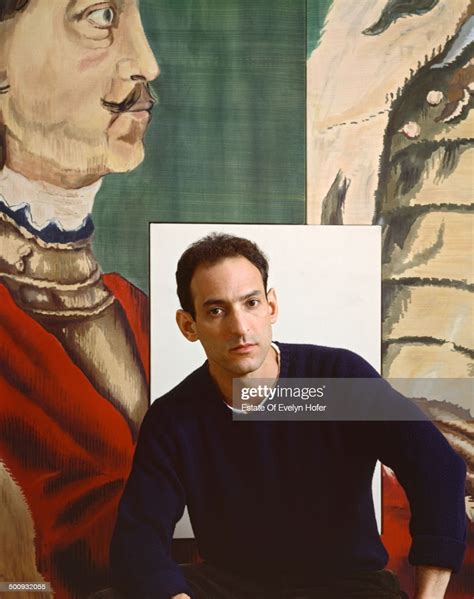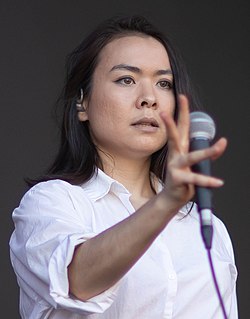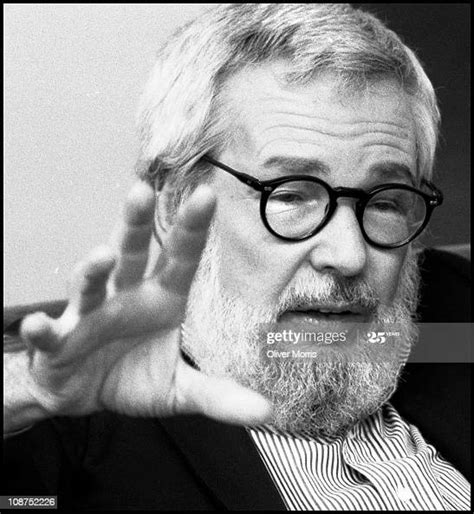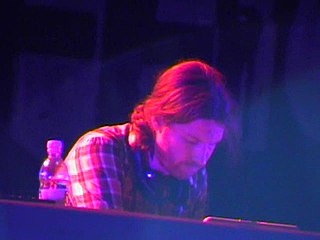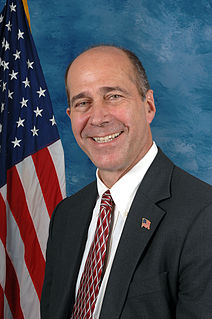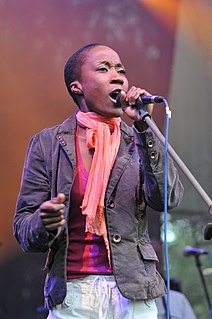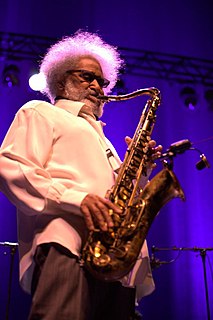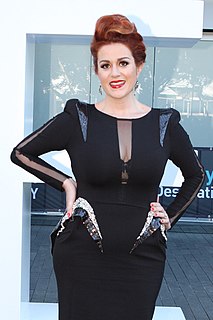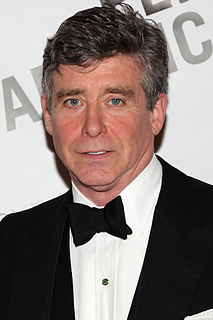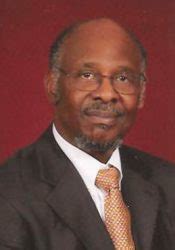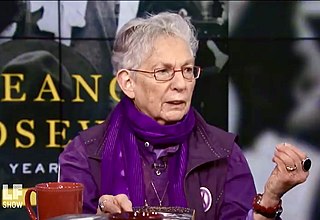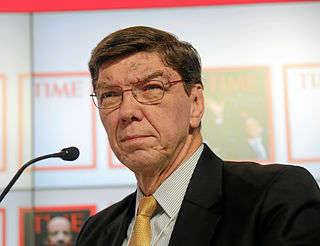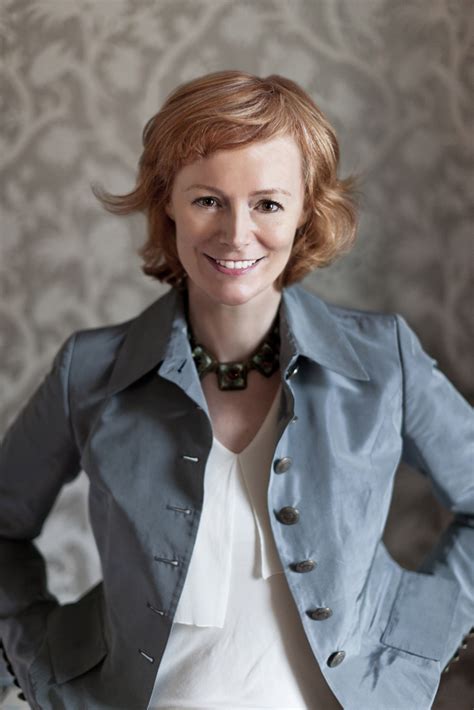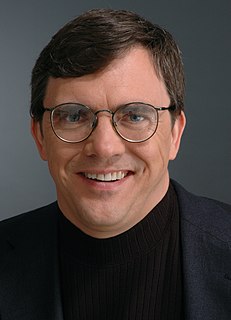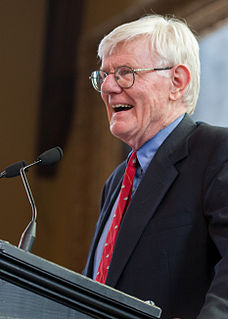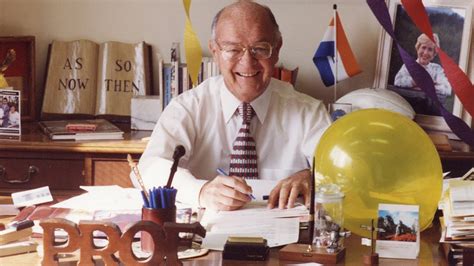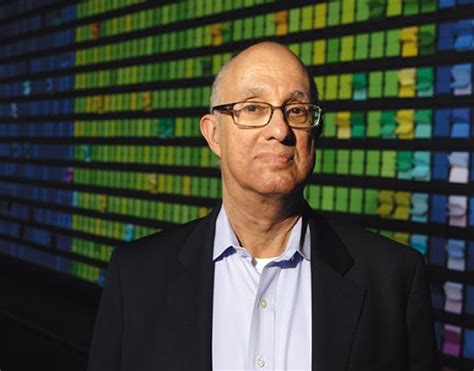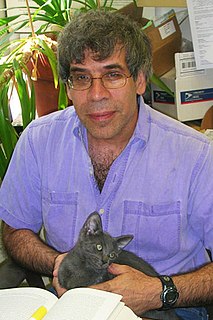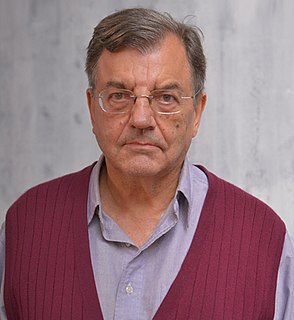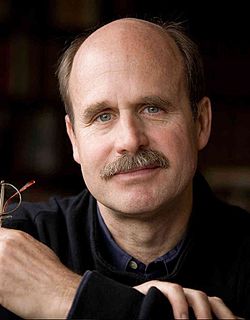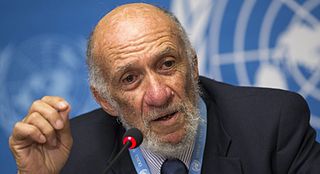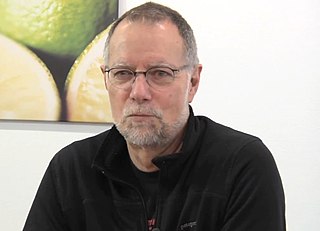A Quote by Sharon Zukin
Artists have been used over and over again since the early 1980s as the legitimizers of a neighborhood in New York. And entrepreneurial artists, meaning people who themselves start out as painters, musicians, dancers, and who open a café, a bar, a restaurant, or even a co-op art gallery - they unintentionally develop the kinds of attractions that bring the middle class with some kind of cultural ambition.
Related Quotes
As a lover of New York, I hope New York remains as successful as a city, even though the very groups on whom the city depends - like artists - are not finding it easy to stay here. That's what it's been about, really, since the 1980s. You can kind of see that coming in the 1980s even though the rents were ridiculously low compared to what the rents are now.
When I first came to New York, I knew some painters older than myself. I was kind of the kid who was allowed to hang out with them. That is more the way people talked in those days, it was perfectly normal to question a work's fundamental premises and its fundamental visual manifestations. It was perfectly okay to say, "Oh, that should have been red" or something like that. In a funny way, the way artists talk about art is to de-privilege it.
I think it's our responsibility as artists to not only fight for our art but fight for the communities that are the reason we're able to continue making art, especially since, in Brooklyn's case, we as artists somehow made it 'cool' enough for the bigger money-making industries to start taking over.
There was a kind of cultural life in New York that wasn't as solidified as it is now, it wasn't as money-driven. If you look at the size of the successful art galleries compared to the size of galleries now - there was no such thing as the Gagosian Gallery or Pace Gallery. But it was a time when magazines were a vital part of American life, and Esquire gave me a free pass to every world - I could get to the art world, the theater world, the movie world. It allowed you to roam through the cultural life of New York City.
The most important thing to do as an artist is to get out of your comfort zone and work with different people: people who can't read a note of music, people who have incredible classical skills, blues and jazz musicians, pop artists, visual artists, dancers and actors. Learn from people who are creative in a different way to you and you'll keep evolving.
What I'm nostalgic for is the idea of an edge in New York. There used to be these fringes of the city where civilization sort of ended, and therefore young people could live cheaply, or open nightclubs or art galleries, or even squat. That fringe moved out to New Jersey and Brooklyn. The whole idea of the metropolis is the centralization of like-minded souls, and when the central real estate becomes too expensive, the dreamers, the young poets, and the artists will go elsewhere.
I think the entrepreneurial activities that make art visible and attractive are what lure people into the amusement park that SoHo has become or that Bushwick or Williamsburg has become. It's not that outsiders come to an area because they hear artists are living there. A lot of people came who were not that interested in living with artists, but they were interested in living like artists and socializing the way that they thought artists socialized.
